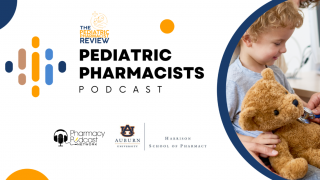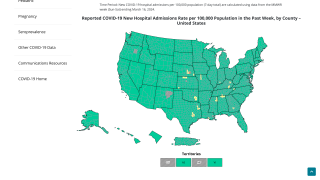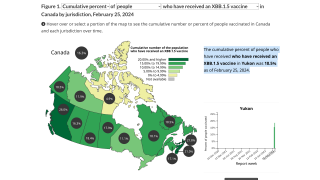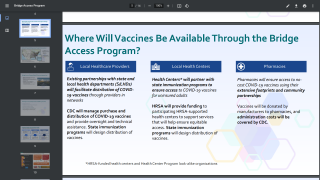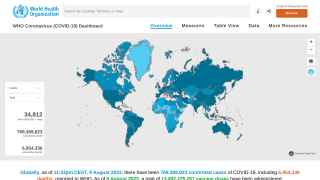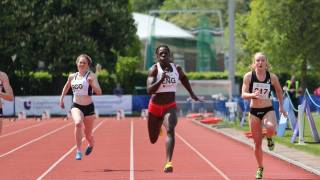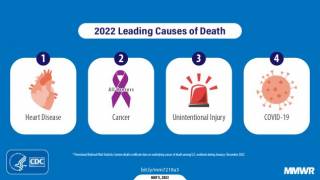Common Cold Virus May Prevent COVID-19
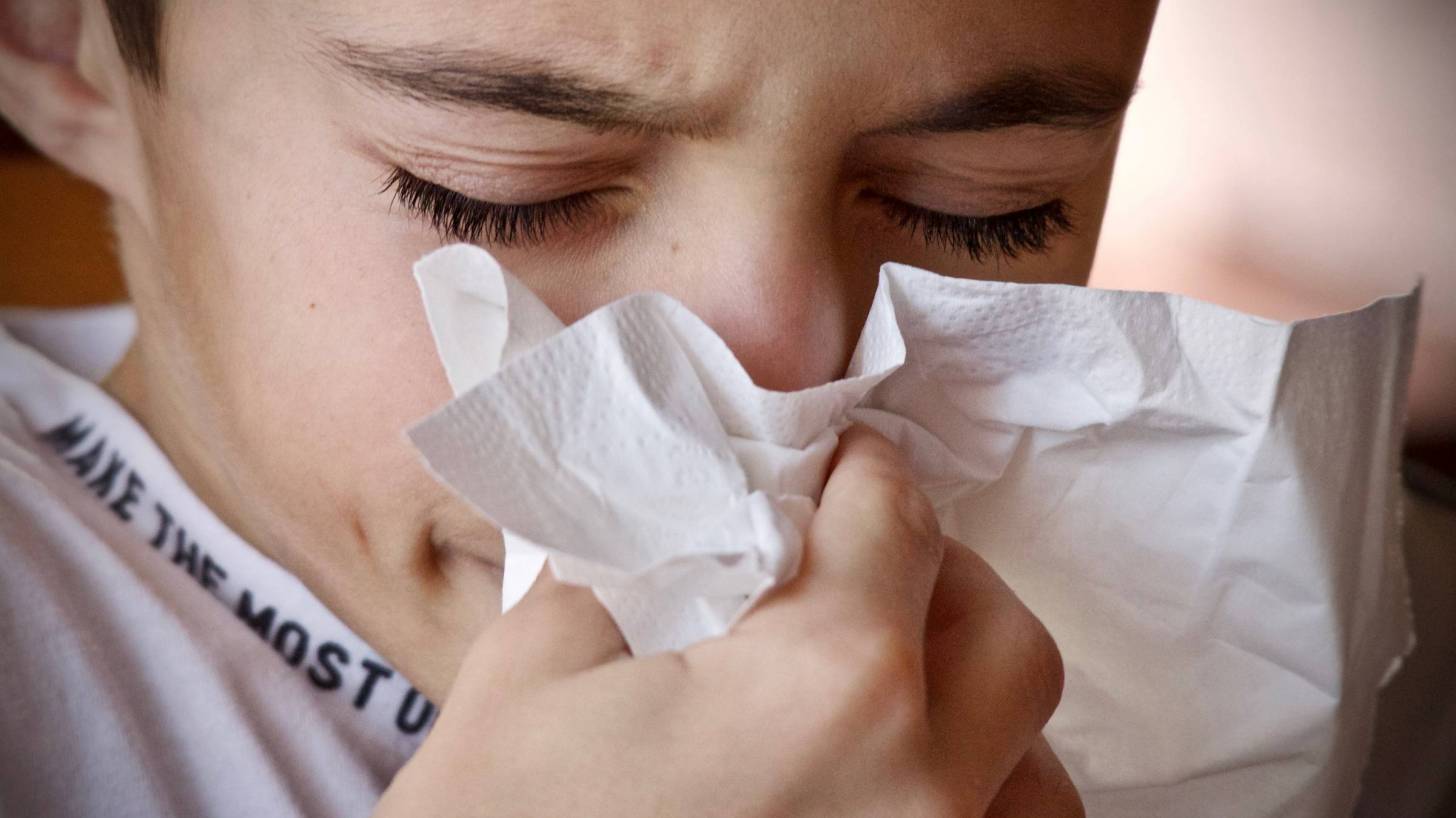
Yale School of Medicine researchers found exposure to rhinovirus, the most frequent cause of the common cold can protect people against infection by the coronavirus that causes COVID-19.
In a new study published by the Journal of Experimental Medicine on June 15, 2021, Yale researchers found that the common respiratory virus jump-starts the activity of interferon-stimulated genes, early-response molecules in the immune system, which can halt the replication of the SARS-CoV-2 beta coronavirus within a person’s airway tissues infected with the common cold.
Triggering these immune system defenses early in the course of COVID-19 infection holds promise to prevent or treat the infection, stated Ellen Foxman, M.D., Ph.D., assistant professor of laboratory medicine and immunobiology at the Yale School of Medicine and senior author of the study, in a Yale press release.
One way to activate this protection is by treating patients with interferons, an immune system protein also available as a drug.
“But it all depends upon the timing,” Dr. Foxman added.
Previous research showed that at the later stages of COVID-19, high interferon levels correlate with worse disease and may fuel overactive immune responses. But recent genetic studies show that interferon-stimulated genes can also be protective in cases of COVID-19 infection.
Since Dr. Foxman’s lab earlier studies showed that common cold viruses might protect against influenza, they decided to study whether rhinoviruses would have the same beneficial impact against the COVID-19 virus.
For the study, her team infected lab-grown human airway tissue with SARS-CoV-2 and found that the viral load in the tissue doubled about every six hours for the first three days.
However, replication of the COVID-19 virus was stopped entirely in tissue that had been exposed to rhinovirus. If antiviral defenses were blocked, the SARS-CoV-2 could replicate in airway tissue previously exposed to rhinovirus.
The same defenses slowed down SARS-CoV-2 infection even without rhinovirus, but only if the infectious dose was low, suggesting that the viral load at the time of exposure makes a difference in whether the body can effectively fight the infection.
The researchers also studied nasal swab samples from patients diagnosed close to the start of infection. They found evidence of rapid growth of SARS-CoV-2 in the first few days of infection, followed by activation of the body’s defenses.
According to their findings, the virus typically increased rapidly for the first few days of infection, before host defenses kicked in, doubling about every six hours; in some patients, the virus grew even faster.
“There appears to be a viral sweet spot at the beginning of COVID-19, during which the virus replicates exponentially before it triggers a strong defense response,” Foxman said.
Interferon treatment holds promise, but it could be tricky, she said, because it would be primarily effective in the days immediately after infection when many people exhibit no symptoms.
In theory, interferon treatment could be used prophylactically in people at high risk who have been in close contact with others diagnosed with COVID-19. Trials of interferon in COVID-19 are underway and so far show a possible benefit early in infection, but not when given later.
These findings may help explain why at times of the year when colds are common, rates of infections with other viruses such as influenza tend to be lower, Foxman said.
There are concerns that as social distancing measures ease, common cold and flu viruses — which have been dormant over the past year — will come back in greater force.
She said that interference among respiratory viruses could be a mitigating factor, creating an “upper limit” on the degree to which respiratory viruses co-circulate.
While host-pathogen interactions are often studied one at a time in experimental models, in the human upper respiratory tract, exposure to multiple microbes simultaneously or in series is a frequent occurrence and likely an important influence on innate immunity.
These results, and our findings in longitudinal patient samples, support the concept that airway innate immunity is dynamic, with innate immune defense rapidly changing in response to current and recent viral infections.
“There are hidden interactions between viruses that we don’t quite understand, and these findings are a piece of the puzzle we are just now looking at,” Foxman said.
Nagarjuna R. Cheemarla, a postdoctoral associate in Foxman’s lab, was the first author of the study, which was carried out by a team of Yale scientists in the departments of laboratory medicine, immunobiology, and genetics. Other Yale authors included Timothy Watkins, Valia Mihaylova, Bao Wang, Marie Landry, Dejian Zhao, and Guilin Wang.
Funding was provided by Fast Grants for COVID-19 from Emergent Ventures at the Mercatus Center of George Mason University; the Yale Department of Laboratory Medicine and COVID-19 Dean’s Fund; the China Scholarship Council Yale World Scholars Fellowship; the Gruber Foundation Fellowship; and the National Institutes of Health.
No conflicts of interest were disclosed.
PrecisionVaccinations publishes research-based news.
Our Trust Standards: Medical Advisory Committee

